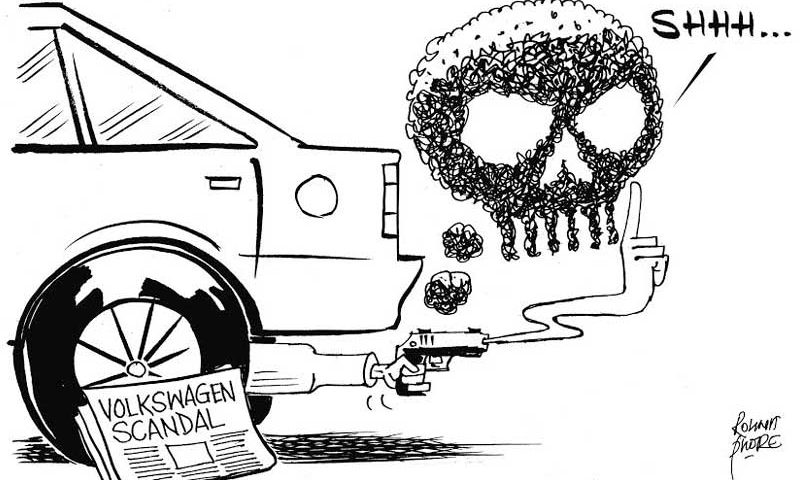
5 common mistakes we see brands make
1. Investing in a logo, but forgetting to invest in the brand
By definition, a logo is a graphic or a mark that identifies a company or organization. But a brand is what conveys differentiation, recognition and loyalty. What we see so often is brands spend a big portion of their budgets on creating a logo but forget what propels their business into the hearts and minds of their consumers – their brand. For example, Nike is more than the swoosh of an arrow. It is a lifestyle, a way of being and doing in fitness and athletics. Consumers don’t buy Nike runners for the swoosh on the side of their shoe, but for what the brand represents. The goal is to build a brand that people can identify with as well as differentiate from the competition.

2. Being inauthentic
Consumers can spot inauthenticity from a mile away. Yet, we still see brands jumping on bandwagons without staying true to their brand essence. This inauthenticity can negatively influence consumer perception. The challenge for brands is to connect with customers through the latest means or trends while continuing to align themselves with their brand foundation. A few years ago, we saw Pampers change their brand’s tone of voice in an ad for their Cruisers line of nappies to what they thought was “hip”, but really it made us cringe. Stay in your lane and know your customer’s expectations.
3. Becoming complacent
Once upon a time, Nokia was the biggest and greatest mobile phone maker in the world. But now only capturing 1% of the market share of mobile phones, you can only attribute their demise to one thing – complacency. It’s no secret that Nokia is known as a hardware company and not a software company. But in the end, they profoundly underestimated the importance of software, the transition to smartphones and what the consumer wanted with their mobile phone experience (i.e. apps). Apple and Android succeeded where Nokia fell short – and the rest is history.
4. Not implementing brand guidelines
Brand guidelines should be considered as the Bible of brand usage and design. It acts as the key document that helps create cohesive and consistent on-brand content. By not implementing these guidelines, the brand’s message can change at any point creating inconsistency. This makes your brand appear unprofessional and unreliable, decreasing the brand’s perceived value.
Check out Nike Pro Services’ identity guidelines here.
5. Breaking brand promises
Trust is not given, it is earned. A brand promise represents everything a brand stands for – what separates them from competitors and why consumers should consider them. Brands are already facing an uphill battle. According to a report made by Gallup, only half of customers believe that the companies they do business with always deliver on what they promise. So it’s important to be diligent with the type of promises made. By breaking brand promises, you’re setting the stage for a long and maybe even impossible come back.
The Volkswagen emissions scandal is a notorious example of shattering the consumer’s trust. And with $25 billion in fines and a few prison sentences in the US, it’s safe to say any brand promises made by VW will be taken with a grain of salt.

Katelynn Spaid, Social Media Coordinator
Katelynn Spaid moved to Dublin from Austin, Texas in March 2017 to work as the Social Media Coordinator for Neworld. She received her degree from Texas Tech University in Public Relations and has extensive experience in social media management, content marketing and sales. At Neworld, she has developed an appreciation for branding and its relationship with design effectiveness. She admires the creativity and enthusiasm of her colleagues and is happy to be a part of the show by promoting and celebrating their work.
Keep Reading

Lost your Creative Mojo?

Packaging Gold

Five bespoke typefaces we want to get our hands on!

7 key tips for building a restaurant website

The Case of Midleton Whiskey

The Top 6 Greatest Fictional Brands

Design that’s set tails wagging

We’re hiring!

Client Question: What makes a brilliant packaging design...

Four unexpected consequences of GDPR

Client Question: How do you assess category cues and how...

Hoteliers – the right brand partners with the right...

The Interview Questions – continued from last month

John Gilroy for Guinness: Four Corners and Some Vision

Client Question: What is tone of voice?

A Love Supreme

5 characteristics of successful businesses

Why become a packaging designer?

Client Question: Are brand guidelines important?



